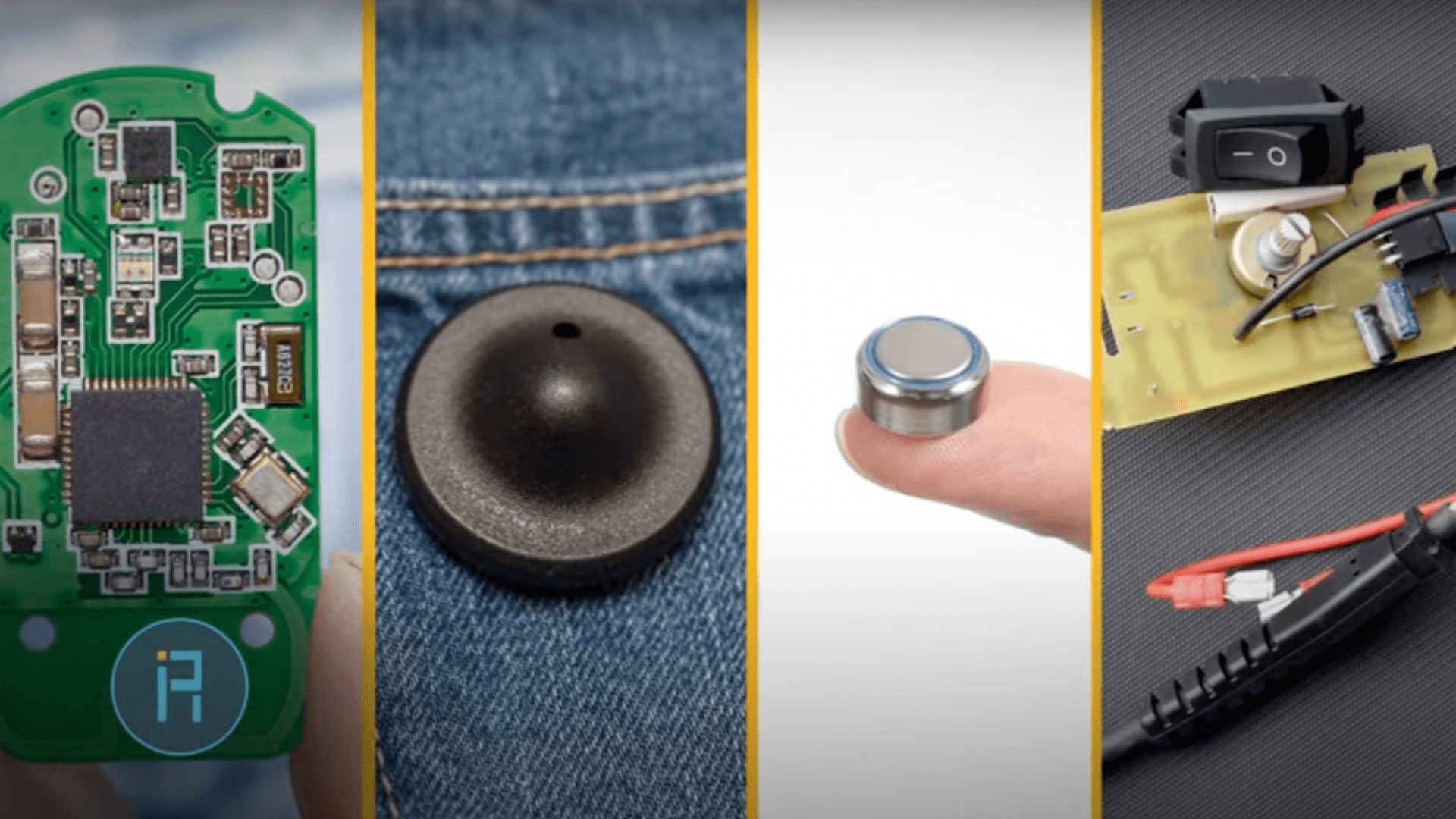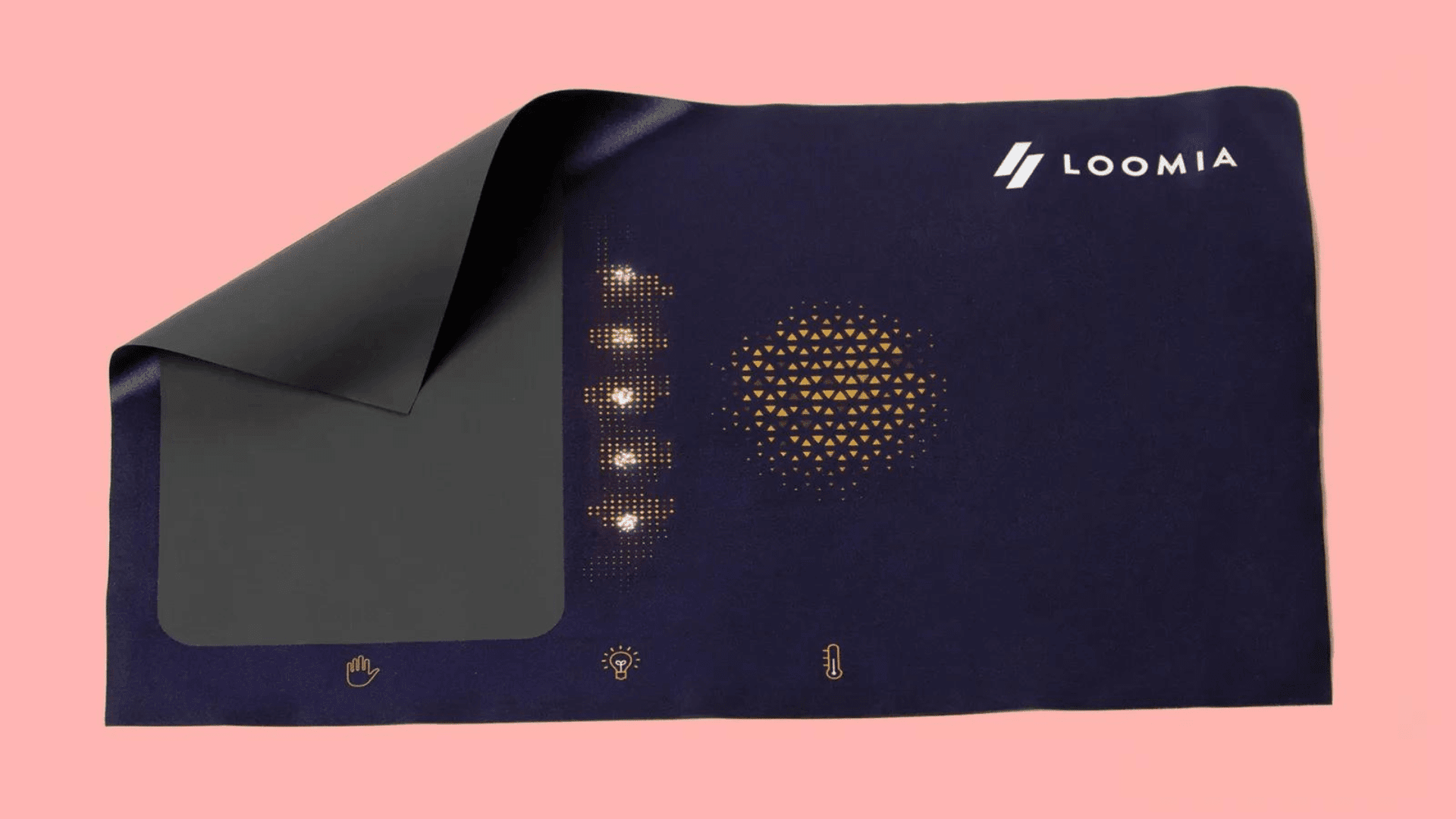Would you wear a shirt that can record audio, video, and geolocation data? In a recent press release, the Intelligence Advanced Research Projects Activity (IARPA) announced the launch of a program to make this computerized clothing a reality.

SMART ePANTS
The appropriately named Smart Electrically Powered and Networked Textile Systems program, or SMART ePANTS, represents the largest single investment to develop Active Smart Textiles that feel, move, and function like any other garment. The ready-to-wear clothes will be stretchable, bendable, and washable like any other clothing. The shirt, pants, or underwear will have sensors, camera, and wires woven in directly so that audio and video can be recorded and geolocation can be tracked.
The IARPA is the advanced research and development arm of the Office of the Director of National Intelligence, which oversees the US Intelligence Community. As a result, SMART ePANTS can be used by agents and employees of intelligence, counterterrorism, and national security agencies like the CIA and NSA. Textile technology could also eventually assist personnel and first responders in high-stress situations such as crime scenes and arms control inspections.
Dr. Dawson Cagle, who is in charge of the SMART ePANTS program, also notes the future implications of the technology on more than just surveillance. As he explains in a YouTube video, “A computer, sensors of some sort, the battery, and the wires and switches that are necessary to connect them have all been developed in one way or another. The SMART ePANTS’ goal is to take all of those individual components and to convert them, to integrate them, into a single device that you can wear.”
The SMART ePANTS program is anticipated to be a 42-month effort.
Active Smart Textiles
Active Smart Textiles is a growing industry that encapsulates clothing that can adapt and change functionally in response to changes in the external environment or response to user input. The external environment or user input could be things like motion and weather.
For example, researchers at the Massachusetts Institute of Technology recently developed an Active Smart Textile that can sense the wearer’s posture and motions. By incorporating a special type of plastic yarn and using heat to slightly melt it, the material called 3DKnITS can snugly conform to the body. The material can be incorporated into a smart shoe that tracks the gait of someone learning to walk again after an energy. It can also be used in prosthetics, where a smart textile liner could measure the pressure a prosthetic limb places on the socket, enabling a prosthetist to see how well the device fits.

Another example of an Active Smart Textile is the Loomia Electronic Layer. This soft, flexible, and wire-free circuit can be integrated into outdoor gear to provide a more comfortable climate for the wearer by regulating the body’s temperature. The technology could be used to help the elderly and those with medical conditions stay warm.







